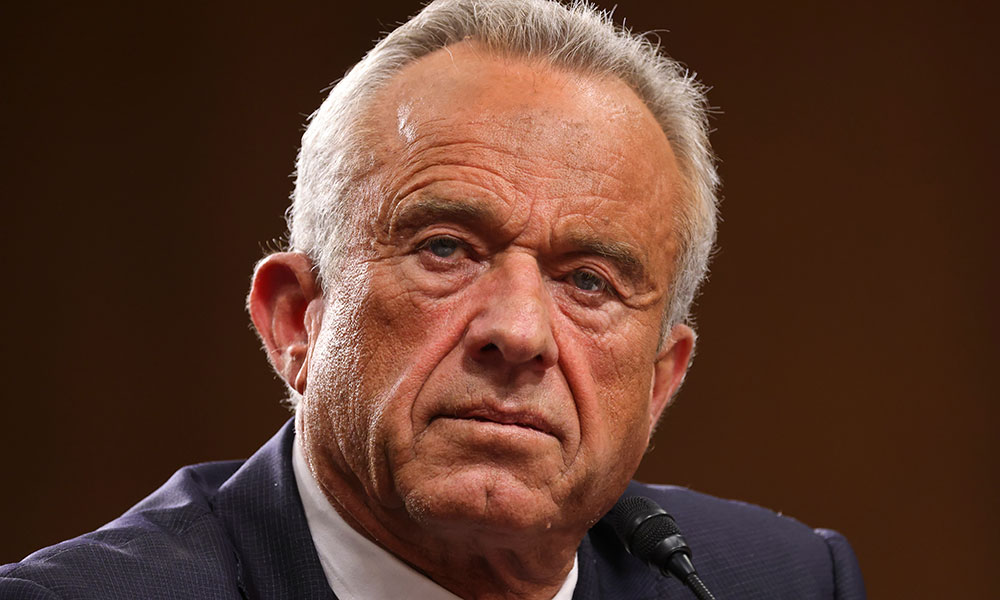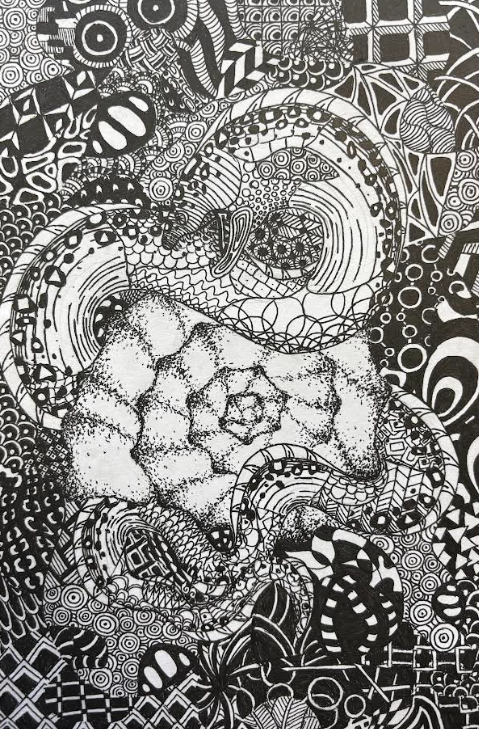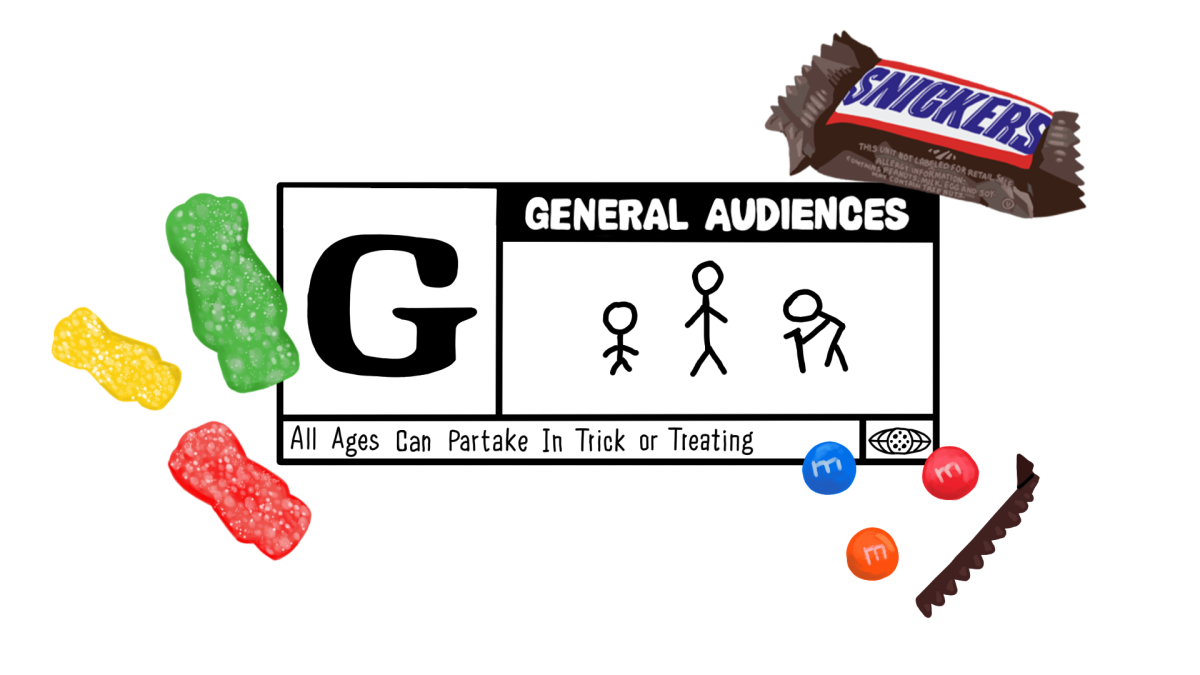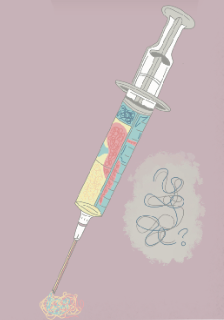The Trump administration’s “Make America Healthy Again” initiative, launched earlier this year under the leadership of Health and Human Services’ Secretary Robert F. Kennedy Jr., has sparked intense debate over its methods and scientific credibility as it approaches its first anniversary.
Established through an executive order signed Feb. 13, the MAHA Commission promised to address chronic diseases in children. Kennedy has characterized the health issues facing American youth in grave terms, describing the situation as an existential crisis for the country.
The initiative has claimed early victories, with roughly 35% of the American food industry making commitments to eliminate artificial dyes, according to White House statements.
However, the program has faced mounting criticism from medical professionals, researchers and advocacy groups following revelations about its flagship report on childhood chronic diseases.
The MAHA Commission’s credibility took a significant hit in May when investigators discovered that reports released by MAHA have included multiple fake citations, mischaracterizations of existing sources and medical misinformation. The original report misinterprets some studies and cites others that do not exist, according to listed authors who were contacted by journalists.
Kennedy had called the 73-page report a “milestone” achievement for public health filled with “gold standard” science. However, the report’s 522 citations came under scrutiny when researchers found numerous problems with the sourcing.
During congressional hearings, Kennedy defended the research quality despite the citation errors. He explained that his gold standard is “real scientific research with replication of studies” and stated that he believes at least 20% of NIH’s budget should be given to replication.
The scientific community has responded with alarm to MAHA’s approach. Critics point to Kennedy’s history of promoting debunked theories, including false claims about vaccines and COVID-19.
Kennedy has also announced plans for the Department of Health and Human Services to develop its own research journals. He has expressed intense criticism of traditional medical publications on podcasts such as the Ultimate Human, targeting major journals.
“We’re probably going to stop publishing in The Lancet, New England Journal of Medicine, JAMA and those other journals,” Kennedy said.
Medical professionals and journal editors have pushed back against these characterizations. The controversy highlights broader tensions about the role of peer review in scientific publishing.
Disability rights organizations have been particularly vocal in their opposition to MAHA’s approach. The Autistic Self Advocacy Network condemned the report, focusing on its research methodology and noting problems with non-existent citations.
Medical professionals have also raised concerns about Kennedy’s messaging on social media regarding Tylenol usage during pregnancy and its potential link to autism, despite lack of proven scientific connections.
Among MAHA’s most visible actions has been the push to eliminate synthetic food dyes from American products. The U.S. Department of Health and Human Services and the FDA announced measures to phase out all petroleum-based synthetic dyes from the nation’s food supply, targeting popular products containing Red Dye 40 like M&Ms, Lucky Charms and Froot Loops.
Kennedy has linked artificial food dyes to behavioral issues in children, referencing research suggesting connections between synthetic dyes and hyperactivity. The FDA plans to phase out all eight petroleum-based artificial food dyes, including Citrus Red No. 2, Red No. 4, Red No. 40, Green No. 3, Yellow No. 5, Blue No. 1, Blue No. 2 and Orange B.
Food science experts have offered mixed perspectives on the dye ban. Some studies have suggested potential links between certain artificial dyes and hyperactivity, including ADHD, with some research noting improvements in behavior and attention when such dyes are eliminated from diets.
The food industry has begun responding to the pressure. Major cereal brands, including Lucky Charms and Froot Loops, contain Red 40, and companies have faced calls to remove artificial colors, similar to reformulations they made for products sold in other countries, such as Canada.
Despite the controversies, MAHA maintains significant grassroots support, particularly among those skeptical of traditional medical establishments. Some see the initiative as addressing legitimate concerns about chronic disease, while others view it as potentially undermining scientific achievements.
The initiative’s 128 recommendations for children’s health include proposals ranging from dietary changes to environmental toxin reduction. However, while MAHA addresses genuine issues–including the rising prevalence of obesity, diabetes and autoimmune disorders–critics argue it presents a model that is ideologically driven rather than fully grounded in established science.
The MAHA controversy highlights broader tensions within health policy between addressing legitimate concerns about chronic disease and maintaining scientific rigor. President Donald Trump’s strategy to “Make America Healthy Again” includes investigating vaccine injuries and pharmaceutical practices but stops short of new regulatory action, for now.
As the initiative moves forward, questions remain about whether it can fulfill its ambitious promises while addressing the credibility issues that have undermined public confidence in its scientific approach.
The debate over MAHA reflects larger questions about the role of government in public health, the importance of scientific peer review and how to balance legitimate health concerns with evidence-based policy making.





















